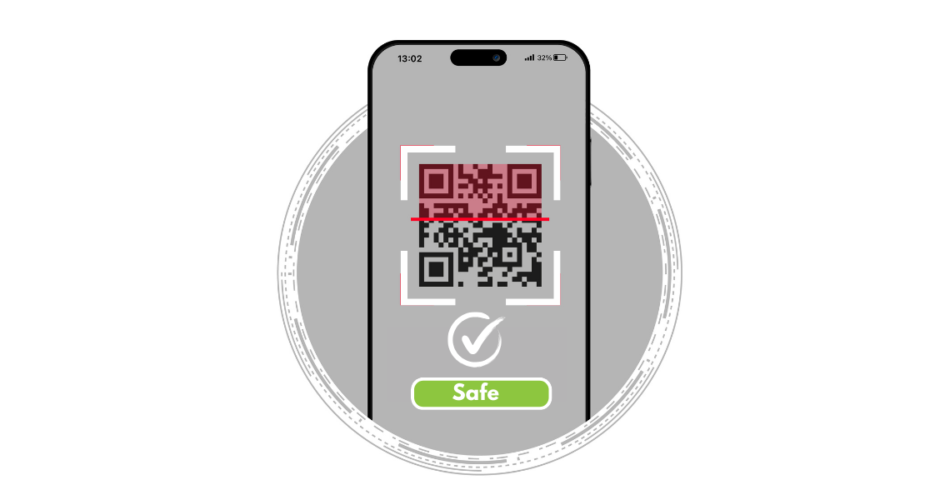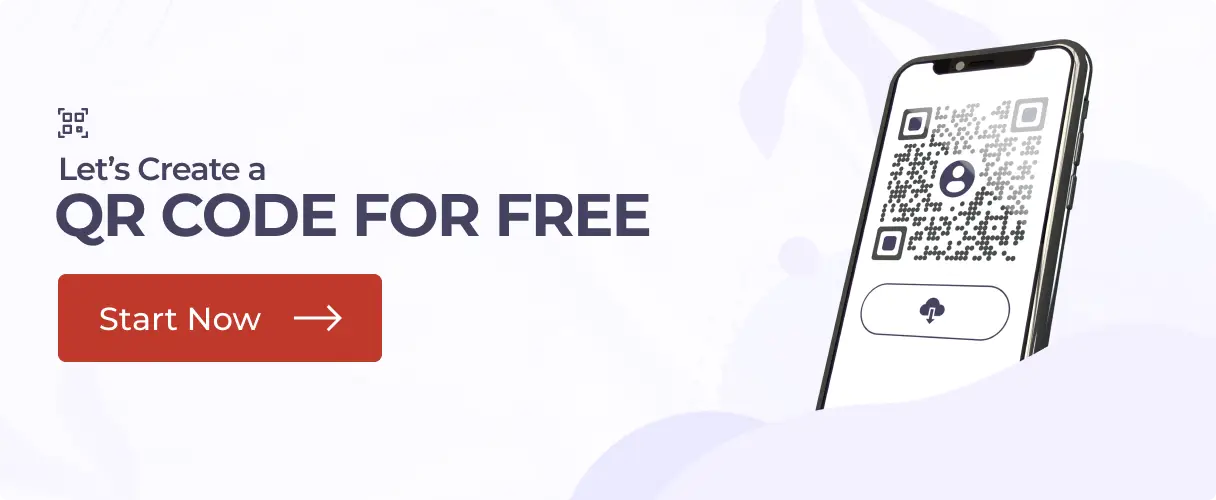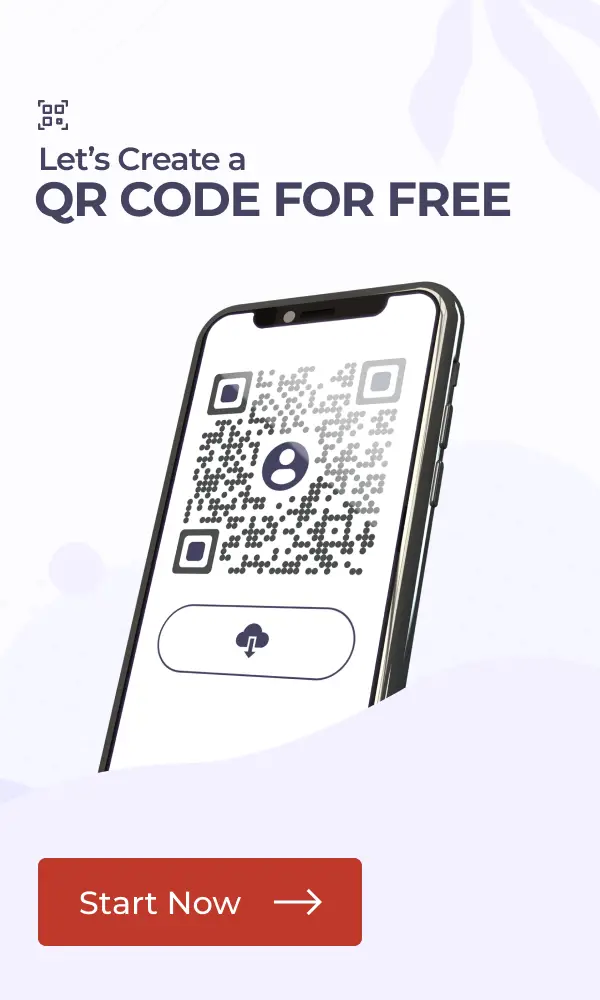QR Codes have revolutionized how we access information, but with convenience comes potential risks.
As more people rely on QR Codes, scammers and hackers are finding ways to exploit them.
This raises a critical question: Are QR Codes safe, and Can you get a virus from a QR Code?
Let’s break it down.
A. Are QR Codes safe to scan?
In most cases, QR Codes are safe to scan. Businesses and organizations use them for payments, promotions, and even for simply sharing information with their audience.
It is one of the easiest ways to bridge the gap between the physical and digital worlds. But, like all technology, there is some risk involved with QR Codes as well. Malicious QR Codes exist.
Hackers can create malicious QR Codes that look completely normal. When you scan them, they may forward you to hazardous websites or initiate malware downloads.
This malware can steal your personal information, track your activities, or even lock you out of your device.
In extreme cases, scanning a fake QR Code may install spyware on your device without your knowledge.
Does this mean you have to stop scanning QR Codes? Absolutely not! QR Codes are quite helpful, and most are just fine. You merely need to be careful.
Just remember to check the source of the QR Code before scanning it. If a code looks out of place or comes from someone you do not trust, think twice.
It is wise to use a QR Code reader with link preview or security features so you can check what your site is going to look like before getting there.
Never scan QR Codes from outside sources when there is a possibility of tampering in public areas.
Staying aware and taking small precautions can help you continue to enjoy the convenience of QR Codes without risking your device or data.
B. Dangers of QR Codes: What are the risks with QR Codes?
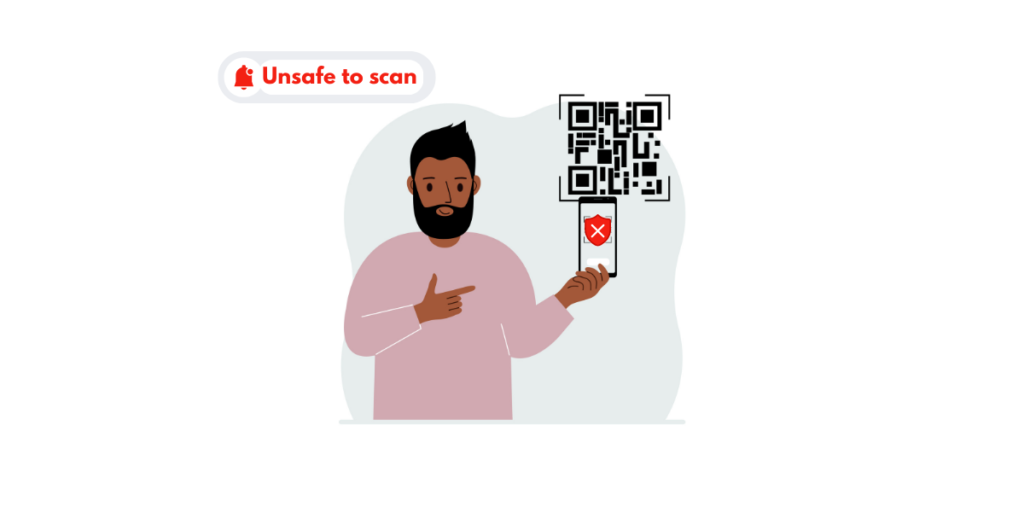
QR Code risks mainly come because of the invisibility of the URL. Unlike typing a website address manually in the browser, scanning a QR Code bypasses the step where you can see the link beforehand. This is what can go wrong here:
1. Phishing attacks
When you scan a fake QR Code, you might get to a fake version of a real website that appears authentic. But, it might have been engineered for phishing with passwords or bank information.
2. Installation of malware
Some fake QRs will prompt you to download malware onto your device that has viruses or ransomware. (That too, without your knowledge)
3. Financial frauds
Scammers use fake QR Codes to trick users into making fraudulent payments. These scam QR Codes are mostly found in public places such as parking lots or restaurants.
4. Data theft
Fake QR Codes can even collect personal data, such as your location, email address, or browsing history.
C. How to check if a QR Code is safe
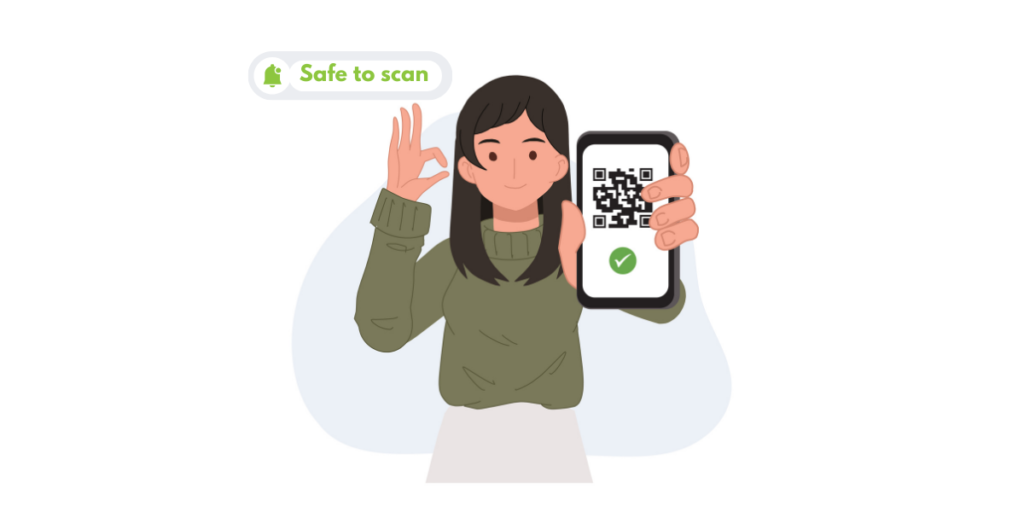
Staying safe from malicious QR Codes is easier than you think. With a few simple precautions, you can scan QR Codes confidently without the fear of scams or QR Code malware.
Here are some essential tips to ensure QR Code security:
1. Use a QR Code checker
Many of the QR Code scanning applications have built-in features that check link safety. They confirm the destination URL before you visit it.
You will be warned if the application flags it as a suspect before potential damage is done. This gives one an additional layer of security. No more clicking on malicious links.
2. Check the placement of the QR Code
Always check where the QR Code is placed. Scammers often stick fake QR Codes over real ones in public places, like restaurant menus or posters.
If a QR Code looks tampered with, you avoid scanning it altogether. Also, be cautious of QR Codes placed in odd locations, like on a random wall or lamppost—it could be a trap.
3. Preview the link before opening
Most QR Code scanning applications allow you to preview the link before opening it. Take a moment to check the URL.
Always check for suspicious domains, strange characters, or spelling errors. For instance, a link such as “paypa1.com” instead of “paypal.com” may be a phishing attempt. If something seems off, don’t open it.
4. Use public Wi-Fi with caution
Scanning QR Codes when you are connected to unsecured public Wi-Fi networks can sometimes pose a higher threat of an attack.
Hackers can intercept your data or even redirect you to unsafe sites. It is always safer to scan QR Codes when you are connected to a secure network, like your mobile data or a trusted Wi-Fi connection. If you need to use public Wi-Fi, consider using a VPN to encrypt your connection. Platforms like Cybernews offer recommendations for reliable and cheap VPN options that help protect your personal information without breaking the bank.
5. Use a mobile security app
A good mobile security app will protect you from malicious downloads or sites linked to fraudulent QR Codes. With evolving threat intelligence capabilities, these apps now detect emerging cyber threats in real-time.
These apps act as an extra layer of defense, blocking harmful activities in real-time. Many popular antivirus apps include this feature, making it a simple but effective way to stay safe.
Pro Tip: It all boils down to being alert, taking that second to check, and then proceeding. Trend Micro QR Scanner is a good QR scanning app that’ll keep you safe.
D. How to identify a fake QR Code?
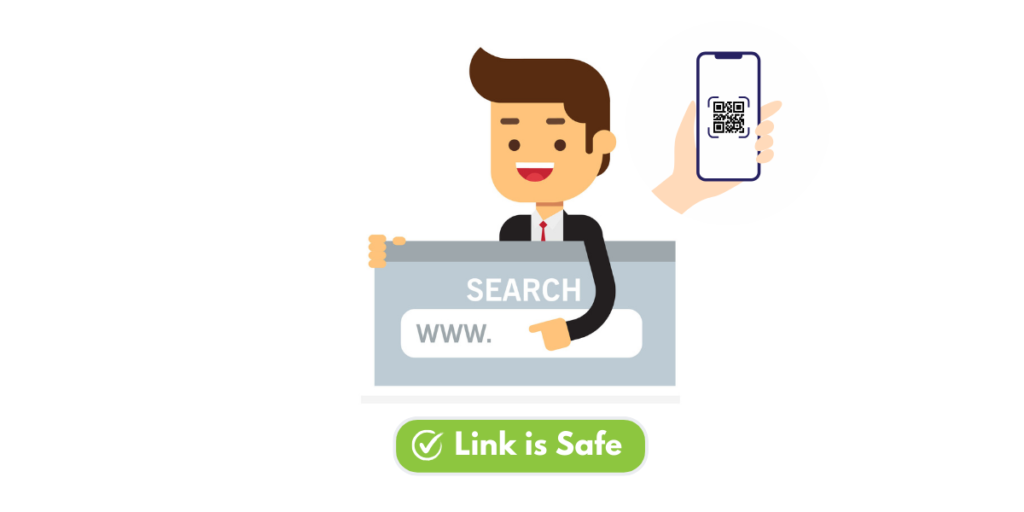
Finding a fake QR Code is challenging, but when you know what to look for, you may be able to avoid falling for the scam.
Here are some signs that tell you a QR Code may not be legitimate:
1. Check for suspicious URLs
One of the most direct ways to tell if it’s a fake QR Code is by seeing the link preview.
Many QR Code scanners give you a preview of the URL before opening it. If the link looks strange or doesn’t match the official website of the company it claims to represent, it’s likely fake.
For example, if you’re expecting to visit “amazon.com” and the link preview shows “amaz0n-sales.net,” it’s a red flag. Watch out for slight spelling changes, unusual domains, or URLs that feel off.
2. Look for unusual context
Be wary of QR Codes that request sensitive information, such as your personal details, credit card numbers, or login credentials.
Legitimate QR Codes usually point to trusted websites or provide useful information. If a QR Code suddenly asks for financial information or appears in an unusual context—like a random flyer or a stranger’s business card—it’s best to leave it alone.
Always question the intent behind a QR Code before engaging with it.
3. Check if it’s a tampered QR Code
Another familiar sign of an imitation QR Code is tampering. Many spammers paste fictitious QR Code stickers on restaurants’ tables, posters with event announcements, or public parking meters (that’s the most common one).
Check the possibility of overlay and misaligned edges. Look especially at whether the added stickers match the patterns of the background material.
If you sense any such suspicion, it should not be scanned at all.
E. What to do If you’ve scanned a fraudulent QR Code
Accidentally scanning a scam QR Code can be unsettling. Here’s what you should do:
1. Do not enter any personal information
If the QR Code redirects you to a suspicious website that asks for sensitive information like your login credentials, credit card details, or personal data, close it immediately.
Also, avoid clicking on any pop-ups or links, as they might lead to further scams or downloads of malicious software. The key is to leave the page without interacting.
2. Scan your device for viruses
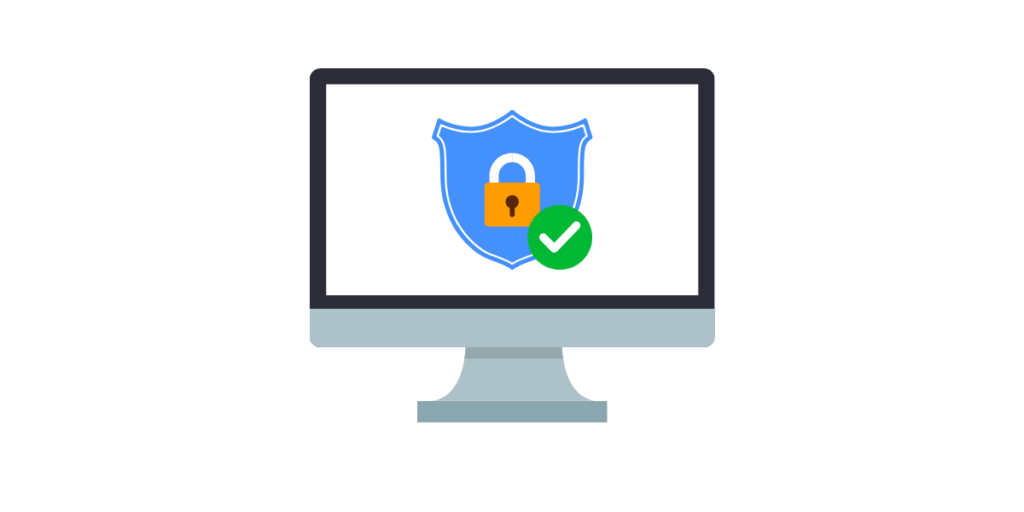
If you did interact with a fraudulent QR Code, you should immediately download a reputable antivirus program that can scan your device for malware and viruses.
If you’re looking for an antivirus, here are some good (free) options. If you’re on Windows, Microsoft Defender is built right in and works like a charm.
For extra perks, you can go for Kaspersky Security Cloud, which is free and it comes with excellent malware detection and a free VPN. And, if you want something lightweight, Bitdefender Free Edition is perfect.
Some malicious QR Codes download applications in the background or make your device access files that harm your device.
An antivirus scan can discover and remove such dangers before it does any damage to your device.
3. Be quick to change passwords

If you have mistakenly typed in your login credentials on a scam website, immediately change the passwords of the compromised accounts.
Make sure that your new passwords are strong and unique and enable two-factor authentication for extra security. This helps prevent unauthorized access to your accounts.
4. Keep monitoring your bank statements
If the fake QR has something to do with finance, just keep looking into your bank account statements and history of transactions.
See if there are any unauthorized charges or if something seems suspicious. Worst case scenario, and you did notice something fishy, immediately report it to the bank and request them to block your card or take any other preventive measure.
5. Report the incident to the authorities
The scam QR Code should be brought to the attention of the appropriate organization or authority.
For example, if it appeared on a business poster, they should be contacted so that the same can be replaced. Reporting fraudulent QR Codes prevents others from falling victim to the same scam.
You may also report this incident to your local cybercrime department or consumer protection agencies.
Pro Tip: If you have already lost money due to financial fraud or are a victim of QR-related cybercrime, please report it at the cyber crime helpline number 1930 or visit https://www.cybercrime.gov.in.
F. Make safe QR Codes with Scanova today!
Both businesses and users need safe and trustworthy QR Codes. If you need QR Codes that are visually appealing and safe for your audience to scan, you should choose Scanova.
Here’s how Scanova helps you create secure QR Codes:
1. Trusted QR Code Generation
Scanova is a reliable QR code generator. It uses the latest technology for QR Code generation. The ease with which any company of any size can develop safe QR Codes.
This ensures that you will not have any vulnerability issues when you create your QR Code. It keeps both customers and their devices safe.

2. Personalized QR Codes with verifiable links
Scanova allows you to link your QR Code to secure and reliable URLs. With Scanova, you do not have to worry that users will be taken to phishing sites or downloading harmful files.
Moreover, you can preview and test your QR Code. You are, therefore, assured that your QR Code will behave just as you expect it to.
3. Safe dynamic QR Code generation
With dynamic QR Codes, you can change the attached content anytime without requiring a new print for the code.
This means that if your content changes in the future, you can change the linked content, and the same QR Code will help users reach it.
With Scanova, you remain in full control of the target destination for a link and avoid its chances of misusage.
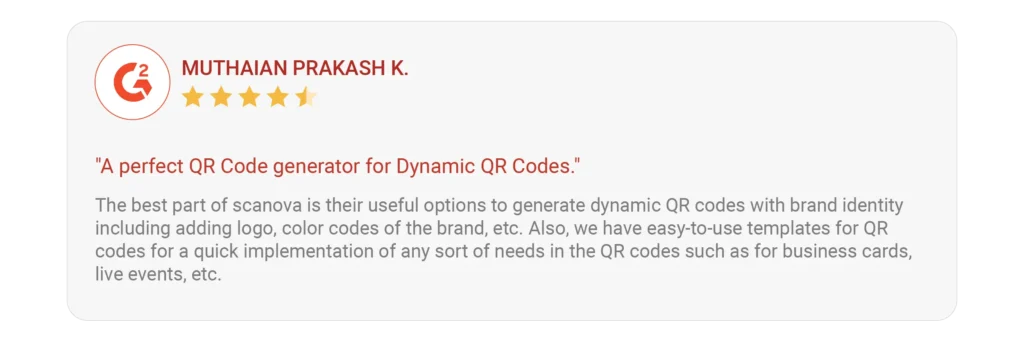
4. Advanced scanning analytics
Scanova provides you with detailed scan analytics for your QR Codes, so you know when, where, and how often they are scanned.
This transparency will help you monitor their performance and ensure that your QR Codes are being used as intended.

5. Data privacy and security
Scanova ensures that the data associated with your QR Codes remain safe. Your data is safe with Scanova as it abides by international data privacy and security standards like GDPR, SOC2, and ISO 27001:2022.

G. FAQs: Can You Get a Virus from a QR Code?
1. Can you get a virus from a QR Code?
Yes and No. In most cases, QR Codes are safe to scan. But yes, sometimes, in the case of fake QR Codes, you can get a virus.
Staying vigilant and checking a few things will help you stay safe while enjoying the convenience of QR Codes.
2. Why is it potentially dangerous to scan a QR Code with your mobile device?
Mobile devices are a prime target for hackers. Scanning a malicious QR Code on your smartphone can:
- Grant unauthorized apps access to your device
- Leak your personal information through QR Code malware
- Lead to subscription scams without your knowledge
The portability and accessibility of mobile devices make them vulnerable.
3. Can QR Codes be malicious?
Yes, QR Codes can be malicious if created by hackers. These codes can disguise harmful intents, making it crucial to verify their authenticity.
They look like normal QRs but upon close inspection, you can find the difference.
4. How to stay safe while using QR Codes?
To avoid falling victim to QR Code fraud, follow these practices:
- Verify the Source: Only scan QR Codes from trusted sources like official websites, packaging, or reputable organizations.
- Don’t Trust Every QR Code: Avoid scanning codes found on random posters, emails, or messages.
- Disable Automatic Actions: Some apps automatically perform actions like opening a link after scanning. Disable this setting.
- Educate Yourself: Stay informed about QR Code scams and how they work.
5. Can QR Codes be dangerous?
QR Codes themselves are not inherently dangerous. The danger lies in how they are used.
Scammers exploit QR Codes to bypass traditional security measures. However, with proper precautions, you can safely use QR Codes without worry.
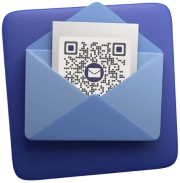

Final Thoughts: Can You Get a Virus from a QR Code?
So, can you get a virus from a QR Code? The answer is yes, but only if you scan a malicious QR Code.
While the risks exist, staying vigilant and following safety measures can significantly reduce your chances of encountering a QR Code virus or malware.
When in doubt, always check the link’s safety before proceeding. Use a QR Code checker or a link virus checker to ensure you’re not falling into a scam.
QR Codes are powerful tools, but like any technology, they must be used responsibly. Stay informed, stay cautious, and enjoy the convenience of QR Codes safely!
